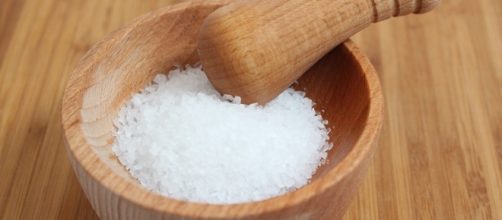A bit of sodium in your diet is important for your body to function properly. It is needed to maintain the volume of our blood, the acid -base balance, transmission of nerve impulses and for normal cell function. This mineral, once considered rare, is now freely available thanks to modern technology and food processing.
However, regularly having too much salt isn’t going to do your health any favors. When it comes to dietary sodium, less is certainly best, yet Americans today consume 50% more than the recommended daily quantities of sodium, according to the National Kidney Foundation.
The dietary guidelines recommend limiting daily sodium intake to 2,300 mg a day—the amount contained in a teaspoon of salt. The American Heart Association suggests that people 50 or older limit their daily sodium intake to 1,500 mg a day. If you're way over the, you're not alone, but there are ways to get your salt habit in check:
Don’t trust your taste buds – read food labels
Some foods, are obviously loaded with sodium. The all-time favorite potato chips, for one, is packed with salt – you can taste it. Others, not so much. A can of cream of mushroom soup, for example, can have five times more sodium than a single-serving of potato chips.
Pritkin Longevity Center’s Director of Nutrition Kimberly Gomer says this is where food labels come in handy.
“It’s amazing how many foods don’t taste salty but in fact are loaded with salt, Gomer said. “That’s why it’s always important to read food labels.”
Go for fresh
Rather than packaged meats, go for fresh ones. Fresh cuts of beef, pork, or chicken contain natural sodium in safe amounts compared to the content added during processing in products like ham or bacon. It’s worth mentioning that if a food item keeps well in the fridge for days, that’s a tip off that the sodium content is too High.
Discover reduced-sodium options
Salt substitutes, including spices and herb, and citrus like lemon can provide more flavor with less sodium. For example, citrus and sodium activate the same taste sensors so less sodium can be used when they are combined.
Before you add salt to your favorite recipes, season with spices, herbs, and lemon juice and/or zest first. Taste the finished product; if it really needs salt, then add a pinch or two.
Finally, give yourself time to adjust to the taste of foods with less salt. The taste for salt is an acquired one, meaning that when you cut down on salt, within just a couple of weeks, you just won't want as much of it. Your health is worth it!


